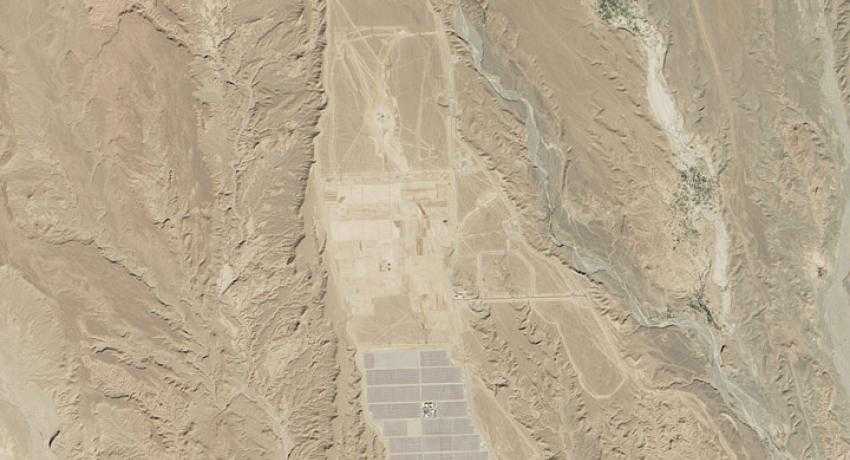Morocco powers on first phase of world's largest solar plant
The country of Morocco officially switched on the first phase of a solar power plant in the Sahara Desert on Thursday that it plans to make the largest solar power production facility in the world.
Noor I, the first phase of Morocco’s three-phase renewal energy project, is located near the town of Ouarzazate and is expected to supply power to more than one million Moroccans. Because Noor I is capable of generating up to 160 megawatts of power and spans thousands of acres, the first phase of the project alone is already considered one of the world’s largest solar power plants.
The project is being funded in part by World Bank, which has stated that Morocco historically has outsourced 97 percent of its energy consumption. The project is expected to reduce the country’s outward dependence, as well as drastically reduce its carbon emissions, according to World Bank.
The plant itself resembles some U.S. solar power facilities located in the Mohave Desert, which use thermal power to create steam to turn turbines.
NASA science writer Kathryn Hansen recently explained the process: "The system at Ouarzazate uses 12-meter-tall [39-foot-tall] parabolic mirrors to focus energy onto a fluid-filled pipeline,” she said. “The pipeline's hot fluid — 393 degrees Celsius (739 degrees Fahrenheit) — is the heat source used to warm the water and make steam. The plant doesn't stop delivering energy at nighttime or when clouds obscure the sun; heat from the fluid can be stored in a tank of molten salts."
According to experts, these thermal systems create an advantage over certain photovoltaic systems because their power output does not suddenly decrease when sunlight is obscured. Although such systems are more efficient in some ways, they are much more expensive and less widely used than the photovoltaic panels often seen on residential roofs and are instead used mostly large desert environment projects.
According to the BBC, Noor I will generate enough energy for three hours each night, and the finished project is designed to produce usable power for 20 hours each day.




